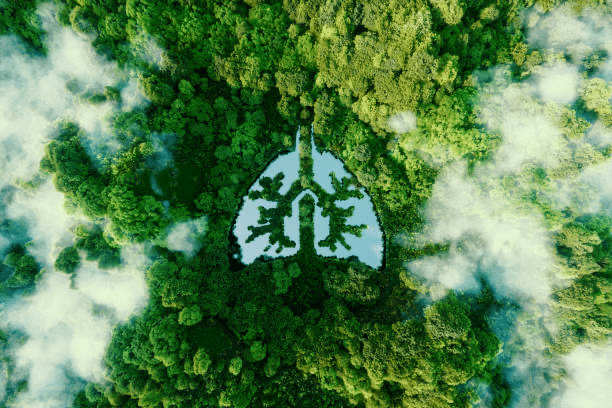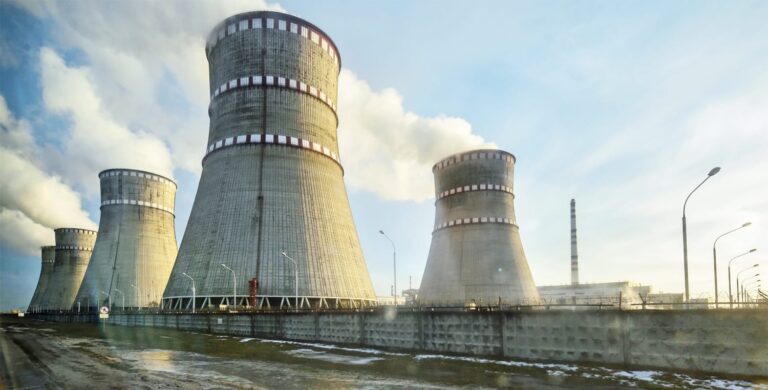
Uzbekistan aims to reach a 14.1% greenery rate by 2025, up from the current 12.4%, with an ultimate target of 30% by 2030. This announcement was made during the first Uzbekistan Country Platform Roundtable of the year in Tashkent on February 25.
As part of its green growth strategy, Uzbekistan is set to establish 257 new green parks by the end of 2025. Additionally, the country plans to increase the number of green gardens by 701. These initiatives are designed to enhance environmental conditions across the country and contribute to its broader sustainability goals.
At the roundtable, participants also discussed legislative measures aimed at enhancing environmental protection. A major highlight was the draft of the Forest Code of Uzbekistan, which will set forth regulations for the protection, restoration, and increased productivity of forests. This code will also grant the Parliament authority over the acquisition of land from the forest fund, ensuring better management of Uzbekistan’s natural resources.

A significant development in Uzbekistan’s environmental strategy is the creation of the National Centre for Green Transformation and Adaptation to Climate Change. Operating under the Ministry of Ecology, Environmental Protection, and Climate Change, the center will coordinate efforts across various sectors to meet Uzbekistan’s climate goals.
The center’s focus will include climate adaptation for agriculture, water sectors, ecosystems, and infrastructure, as well as addressing the long-term effects of the Aral Sea disaster.
Uzbekistan has also committed to reducing specific greenhouse gas emissions per unit of GDP by 10% of the 2010 level by 2030, in line with the Paris Agreement.













